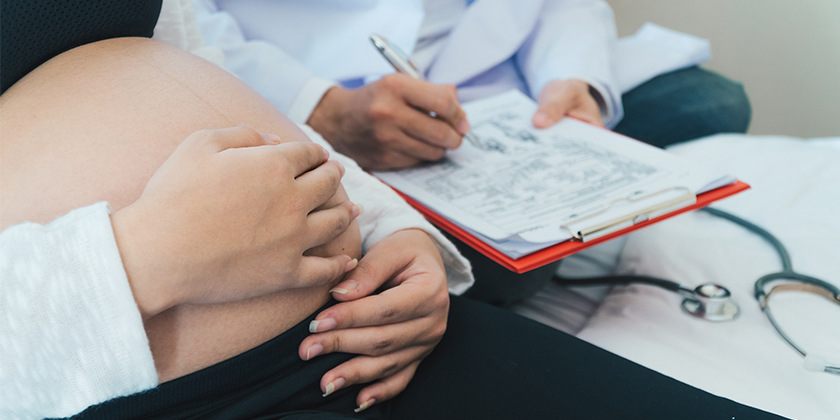Are You A Good Candidate For A VBAC?

Just because you have had a cesarean in the past doesn’t mean that it is your only option for childbirth in the future. This week we’re here to talk about why having a VBAC procedure is easier and more attainable than you might think!
What is a VBAC?
The term VBAC stands for Vaginal Birth After Cesarean. Roughly 90% of women who have previously had a c-section are candidates for a VBAC. If pregnancy conditions are good, a VBAC can be a safe choice for most women, though it’s impossible to determine whether you will end up with a repeat C-section during the delivery process.
The Pros and Cons
If your pregnancy is low-risk, there are many reasons to attempt a VBAC. Some of them are:
- Faster recovery time
- Reduced chance of infection
- Less likely to suffer a bowel or bladder injury
- Less likely to have problems with future childbirths.
Though a vaginal birth is the go-to for low-risk pregnancies, it could have some drawbacks. The number one concern is the risk of a uterine rupture, which is when your c-section scar gives way during the labor process. Though the risk is only 1 in 100, it can result in severe blood loss and possibly oxygen deprivation for your baby.
When is a VBAC Too Risky?
If you’ve had a vertically-cut cesarean, the chances of a uterine rupture are too great to consider a VBAC, but a transverse cut (side to side) is not an automatic out for the procedure. Though there are a lot of factors to consider, a VBAC may be too risky if any of the following are present:
- You are considered obese, with a BMI of 30+
- You’ve been diagnosed with Preeclampsia (prenatal high blood pressure)
- You are older than 35
- You have had a c-section within the last 19 months
- You have a large fetus
It’s important to also note that each cesarean section pregnancy increases internal scar tissue, so a VBAC is a much safer option for both mother and baby, even if it results in another cesarean delivery. A successful VBAC allows you to avoid major abdominal surgery and your recovery is generally faster and easier with a vaginal delivery.
Am I A Good Candidate?
Talk with your medical professional about why you want a VBAC. Chances are in your favor that you are a candidate if you have the following:
- Your previous C-section was not done for stalled labor
- You do not have the same condition that led to the C-section
- You have had a successful vaginal delivery after c-section previously
- Your labor begins naturally and your cervix dilates well
- You have never had a uterine rupture
- You are a healthy weight
- It’s been over 18 months since your last delivery
- You have had no more than 2 low transverse C-section deliveries
- You are under the age of 35
- The baby is a normal size
- Your baby is head-down
Still have more questions? The specialists at Miami Center of Excellence are here to answer your questions and give you peace of mind. We are skilled in making your VBAC procedure as comfortable and safe as possible. Make an appointment with our specialists to decide if the procedure is best and safest for you.
